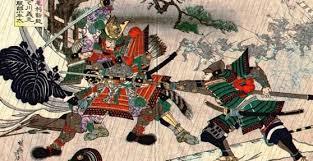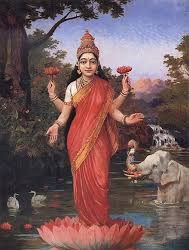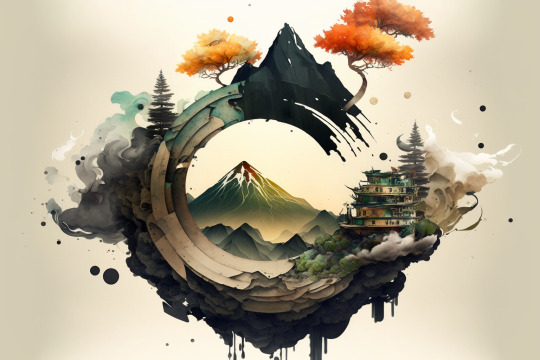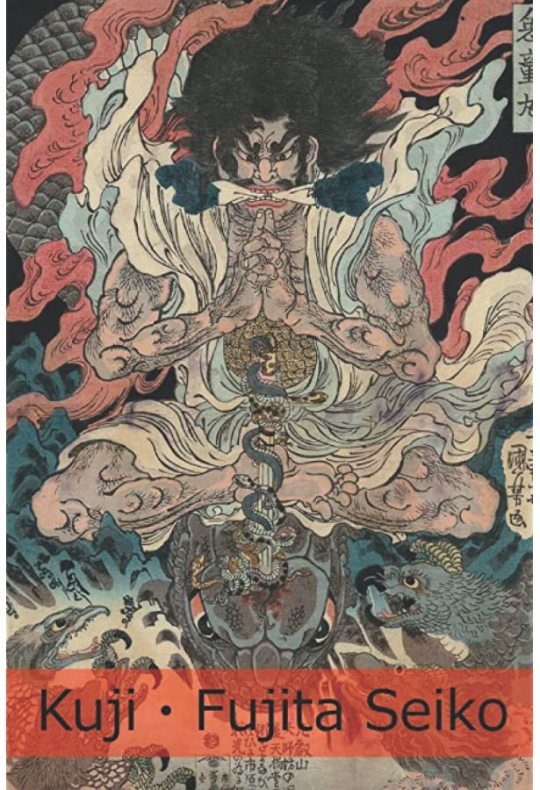#rhodeislandmartialartscenter
Explore tagged Tumblr posts
Text
Black Belts Exolore Strikes and Throws Inside the Grinder... #rhodeislandmartialartscenter #ninjutsu💮 #martialarts #bujinkan #ninjutsu
instagram
4 notes
·
View notes
Photo

The healing method of Amatsu Tatara done in real time during a martial arts festival. The healer is Hatsumi sensei; grandmaster of the Bujinkan.
3 notes
·
View notes
Text
October 28, 2024
youtube
#rhodeislandmartialartscenter #ninjutsu #kungfu #jujutsu #lastofmykind #bujinkan #love #edit
0 notes
Text
Haiku for the Deities
Haiku for the Dieties:
Fudo Myoo: Divine warrior strong,
Armed with a sword of light,
Fearless destroyer.
Amaterasu: The sun goddess shines,
Illuminates the world,
She brings life and light.
Dainichi Nyorai: Supreme cosmic ruler,
Creator of the universe,
Myriad forms of truth.
Gongen: Avatar of gods,
Manifesting in earthly form,
Symbol of oneness.
Tengu: Long-nosed wise-cracker,
Mischievous, trickster-like,
Protector of forests.

2 notes
·
View notes
Photo

Ninpo
My encounters with the concept of Ninpo have led me to understand its basis in Shinto, Japan's indigenous religion that emphasizes perseverance and living in harmony with nature. The Kojiki, Japan's ancient chronicles, mention Ninpo for the first time in the 8th century AD. Here, Ninpo is presented as a source of strength and endurance, and a way to access the spiritual realm. Through my studies, I have learned that this concept is also present in Hinduism, where it is called Tapas, referring to a spiritual practice of self-discipline and devotion to spiritual practices. Buddhism has its own concept of Ninpo, called bodhicitta, which is described as the mind of enlightenment. Additionally, in Chinese Daoism, this concept is referred to as jingxing and is seen as a way to cultivate and balance the body, mind, and spirit. Tibetan Buddhism refers to Ninpo as Lojong, and views it as a way to cultivate and maintain a compassionate attitude towards all living beings. In my experience, Ninpo is a core element of many Eastern spiritual traditions and is focused on the idea of dedication, living in harmony with nature, and achieving a fully realized state of being.


2 notes
·
View notes
Text
The Heart Sutra
What is a Sutra? A sutra is a Sanskrit term that means “thread” or “string.” The Heart Sutra is an ancient Sanskrit text, originating in India around 1800 years ago, and has been a profound source of spiritual wisdom and guidance for generations.
This scripture encourages us to have a balanced view of life, to have compassion, and to recognize our connection with the universe and its energies. It urges us to be mindful, and aware, and to harmonize our thoughts, words, and actions with universal truths. The sutra suggests that the path to enlightenment is through understanding the emptiness of all phenomena and that this is the way to liberation. The word “path” here is important because it is the path that provides wisdom, as wisdom denotes applied knowledge. Knowledge alone is just that, knowledge alone. Applied knowledge is the way we as humans experience “the path”. Moreover, applied knowledge-bearing wisdom urges us to be in tune with ourselves and the laws of nature, helping humanity to avoid attachment to material things, and to recognize the interconnectedness of all beings allowing us to comprehend the nature of the universe and the divine.
The Heart Sutra is like a guide map directing us toward spiritual knowledge and liberation. It is also a source of comfort, like a warm embrace in the chill of a cold night. I see the Heart Sutra as a lighthouse, guiding us to safety in the midst of a stormy sea; an ancient map whose spirit constantly updates itself and guides us through treacherous waters providing us direction just as a compass helps us to reach our desired destination. The Heart Sutra is a powerful tool that can help us find our way to happiness and a heart-filled compassionate life.

2 notes
·
View notes
Text
WisdomQuest

Hello, I am James Mahoney, and this is WisdomQuesting. My friend and colleague, Noah Chace, and I would like to welcome you to WisdomQuesting, our inspirational and educational blog series. Throughout this blog I'll be exploring ancient concepts from many wisdom traditions and their relevance to our modern lives. I'll explore how these concepts can be used to bring balance and harmony into our lives and how we can use them to gain insight and understanding into ourselves, our relationships with others, and our connection to the divine. I'll also be looking at how these systems of wisdom can be used to make better decisions, live with more compassion, and manifest our goals and intentions.
In addition to exploring the ancient wisdom of Eastern cultures, I will also be incorporating cutting-edge scientific philosophy and discoveries in these areas. I'll be looking at new breakthroughs in healing, quantum physics, neuroscience, and the new groundbreaking theories of everything, and how they relate to consciousness and connect our mind, body, and spirit. By combining the ancient wisdom of Eastern cultures with the latest scientific discoveries world-wide, I will explore how they can be used to help us better understand ourselves and our connection to nature and the universe. I'll be diving into how we can use this knowledge to cultivate a deeper understanding of ourselves, our species and our place in the universe creating balance, harmony, and peace in our lives. I hope you'll join me on this journey of personal transformation and spiritual growth!
#mindscience#ancientwisdom#easternculture#divineconnection#QuantumHealing#meditation#healing#martialarts#shinto#rhodeislandmartialartscenter
2 notes
·
View notes
Text
The Amatsu Tatara

The Amatsu Tatara is an ancient collection of texts that are believed to have originated from the gods. It is composed of three books: the Kojiki, the Engishiki, and the Shinto Shogon, and is believed to be one of the oldest known texts in Japan, dating back to the 8th century AD. The Amatsu Tatara contains stories, rituals, and teachings related to the Shinto religion, and emphasizes the importance of understanding the interconnectedness of all things and of living in harmony with nature. The Amatsu Tatara is intimately connected to the concept of Ninpo, which is related to perseverance, Shinto, old-Shinto or ko-Shinto, life, survival, nature worship, and becoming a fully realized human being. The texts of the Amatsu Tatara emphasize the power of the divine and the importance of living with compassion and gratitude, and these teachings have been adopted by many Eastern Asian cultures and countries. The Amatsu Tatara is also related to the healing aspects of Ninpo, as it encourages us to seek a balanced and harmonious life, to be mindful of our connection to the divine, and to use our understanding of the interconnectedness of all things to heal ourselves and the world around us. This ancient text provides a valuable source of wisdom and understanding, and its teachings can be used to bring balance and harmony into our lives. *There is a Master of these ways who is not well known in the west unless you have had the privilege of running in his circles. His name is Dr. Masaaki Hatsumi, formerly Yoshiaki Hatsumi, born in Noda, Chiba on December 2, 1931. Dr. Hatsumi inherited the position of sōke (grandmaster) of nine ryū (schools of martial arts):[8][9] -Togakure-ryū (戸隠流) -Gyokko-ryū (玉虎流) -Kuki Shinden Happō Biken Jutsu (九鬼神伝流八法秘剣術) -Kotō-ryū (虎倒流) -Shinden Fudō-ryū Dakentai Jutsu (神伝不動流打拳体術) -Takagi Yōshin-ryū Jūtai Jutsu (高木揚心流柔体術) -Gikan-ryū Koppō Jutsu (義鑑流骨法術) -Gyokushin-ryū Ninpō (玉心流忍法) -Kumogakure-ryū Ninpō (雲隠流忍法) Among his many accomplishments, he is an eminent martial artist, an expert healer in the ways of the Amatsu Tatara, a business owner, a doctor of osteopathy, a well-known artist in multiple mediums, a calligrapher, and is proficient in theatre as well. Dr. Hatsumi Sensei has also served as a martial arts advisor for various film and television productions, including the James Bond movie "You Only Live Twice". Dr. Masaaki Hatsumi, amongst many other publications, awards, and accolades from Japan and around the world, is the author of "Life Secrets of the Amatsu Tatara: The Documents of Takamatsu Toshitsugu, Interviews with Hatsumi Masaaki" When Hatsumi was 26 years old, he met Takamatsu Toshitsugu, who was nicknamed Moko no Tora (Mongolian Tiger). After passing the Sakki test(5th degree/level), Takamatsu gave Masaaki Hatsumi the menkyōkaiden of the 9 Warriors Ryūha listed above. The rest of his story is for another time and maybe another place. We will tackle some more historical knowledge and contemporary musings of this incredible human being in future posts when the time is right... So for now, Be Well and Gasho!
#Healing#wisdom#quantum#japanesehealing#ancient#spiritual#spiritualhealing#spiritualawareness#awareness#kami#universe#rhodeislandmartialartscenter
1 note
·
View note
Text
Shizen Gyoun Ryuisui

Shizen Gyoun Ryuisui: ”The journey of life is a cycle of continual change, ever-evolving and constantly morphing into something new.”
We can tap into the power of this cycle by embracing the ancient practice of shizen gyoun ryuisui, which encourages us to strive for balance and harmony in our physical, mental, and spiritual health. By recognizing and respecting the cycle of creation and destruction, we can continue to refine our skills and reach our fullest potential.
The power of this cycle can be further unlocked through various tools of self-improvement methods so we can gain clarity of mind and cultivate inner-peace and self-compassion. Through these methods, we can learn to appreciate the beauty of nature and our place in it, while striving to reach our ultimate goals. So set out on your journey and unlock the power of shizen gyoun ryuisui to live a meaningful and purposeful life.
Life is a river with many bends and turns, and we can choose to traverse this river with grace and poise. By embracing the ancient practice of shizen gyoun ryuisui, we can learn to harmonize with the natural cycle of creation and destruction, allowing us to flow freely with the river of life and appreciate the beauty of the world and our place within it while striving to reach our ultimate goals.
Like the sun's rays may penetrate the clouds, we can use these tools to pierce through the darkness of our minds and cultivate clarity and peace. As we navigate our journey, we can learn to appreciate the energy of the river, and use it to our advantage to reach our destination. So don't wait any longer - set out today to unlock the power of shizen gyoun ryuisui, and live a meaningful, purposeful life.
1 note
·
View note